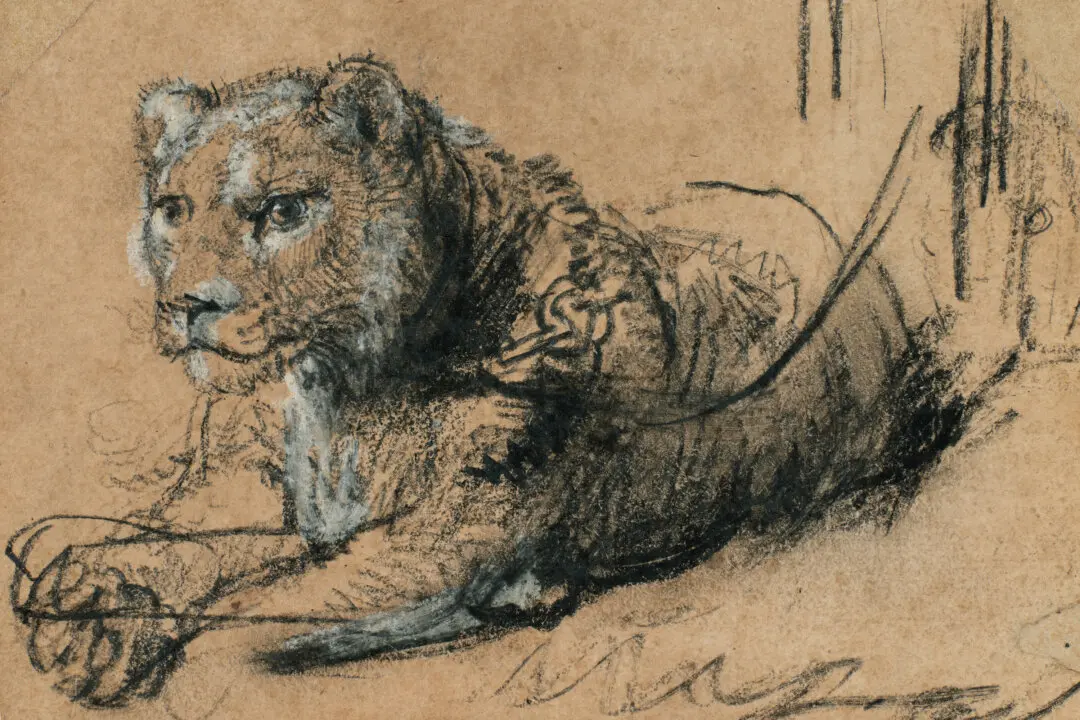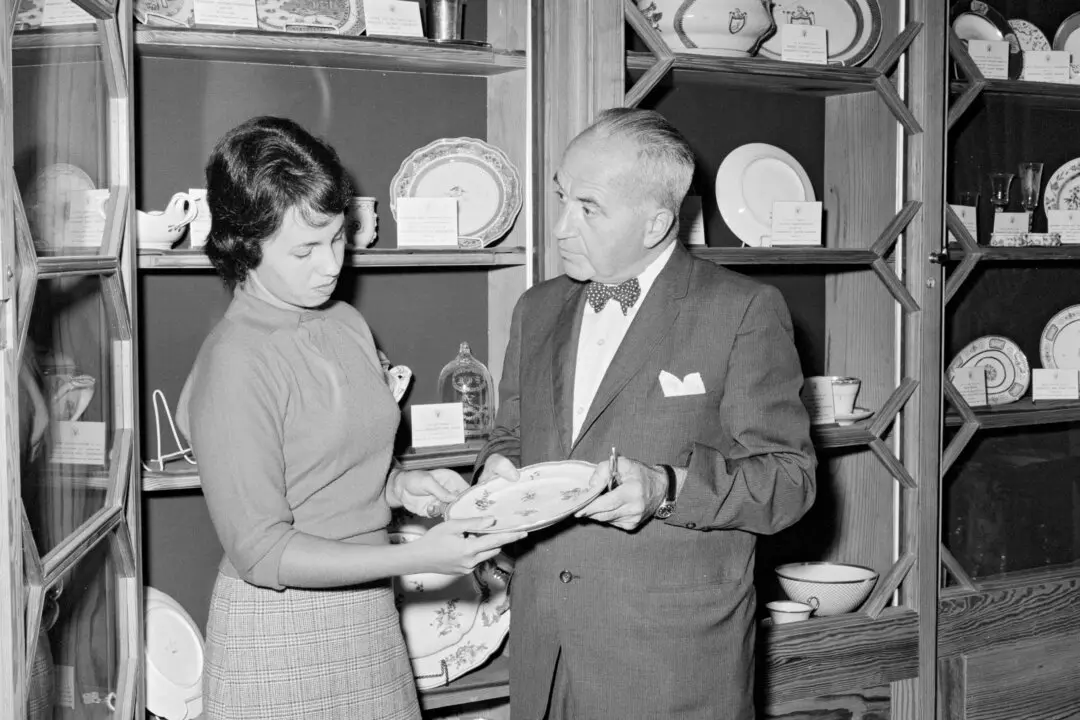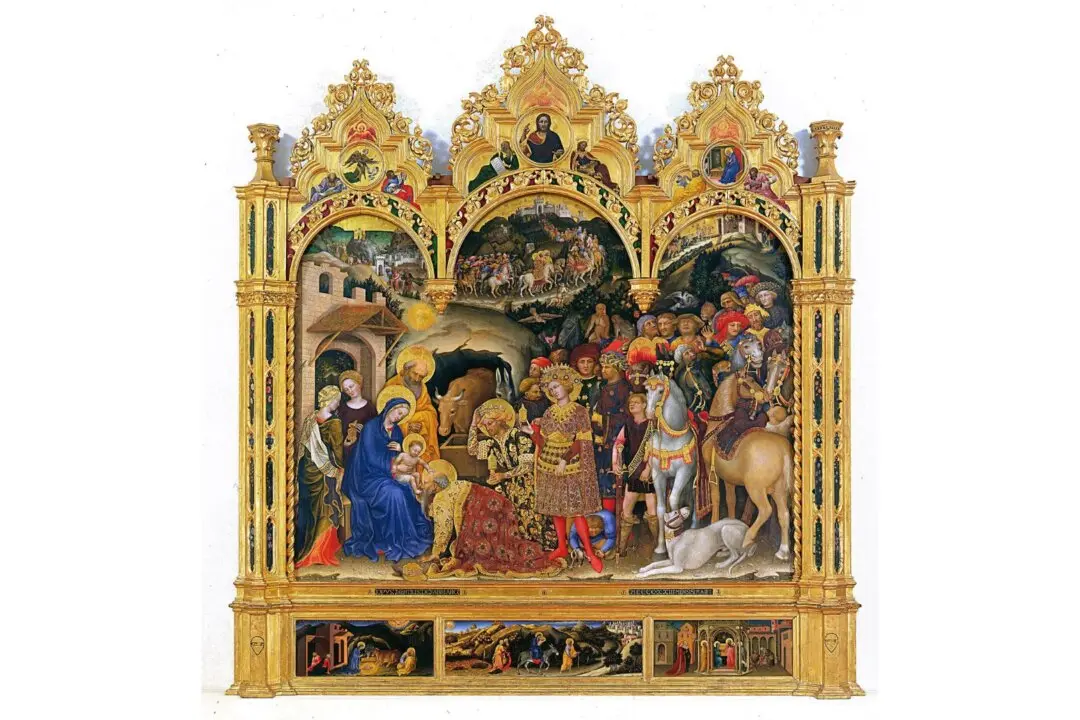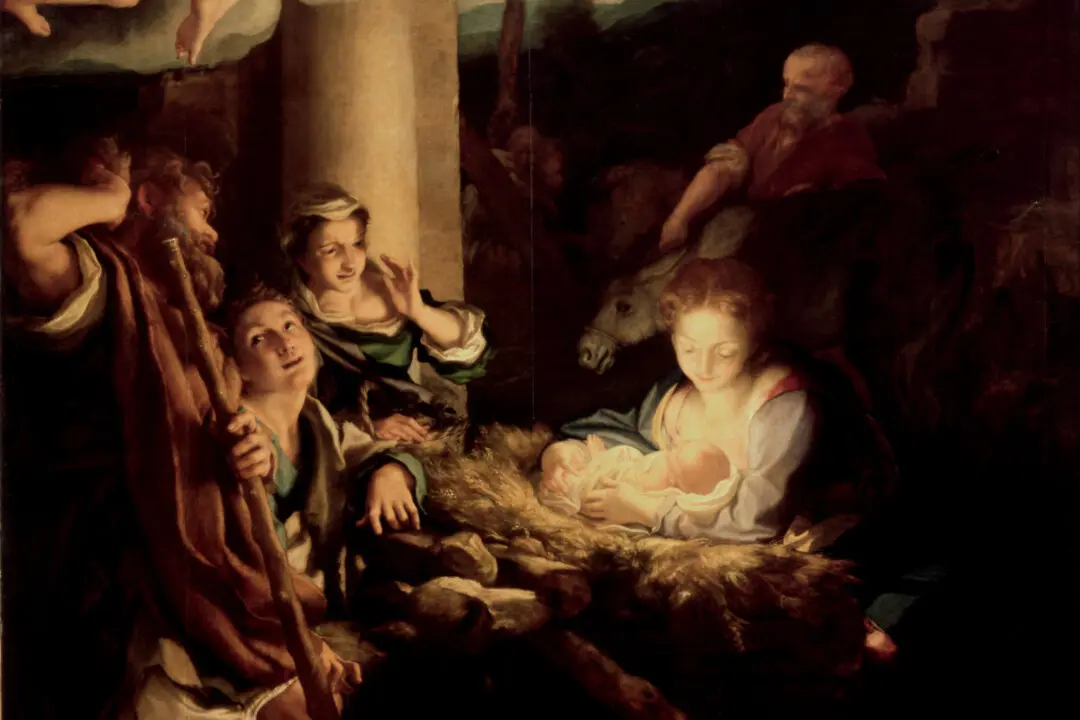The exhibition “Hugo van der Goes: Between Bliss and Pain” at Berlin’s Gemäldegalerie gathers most of the artist’s surviving paintings and drawings for the first time since Hugo van der Goes’s death 540 years ago. This exhibit is an outstanding feat due to the rarity of surviving works, as well as their frequently large format.
Van der Goes was the most important Netherlandish painter in the latter part of the 15th century—especially notable for monumental altarpieces with strong colors, astounding realism, and sensitive, expressive portrayals of emotion.





